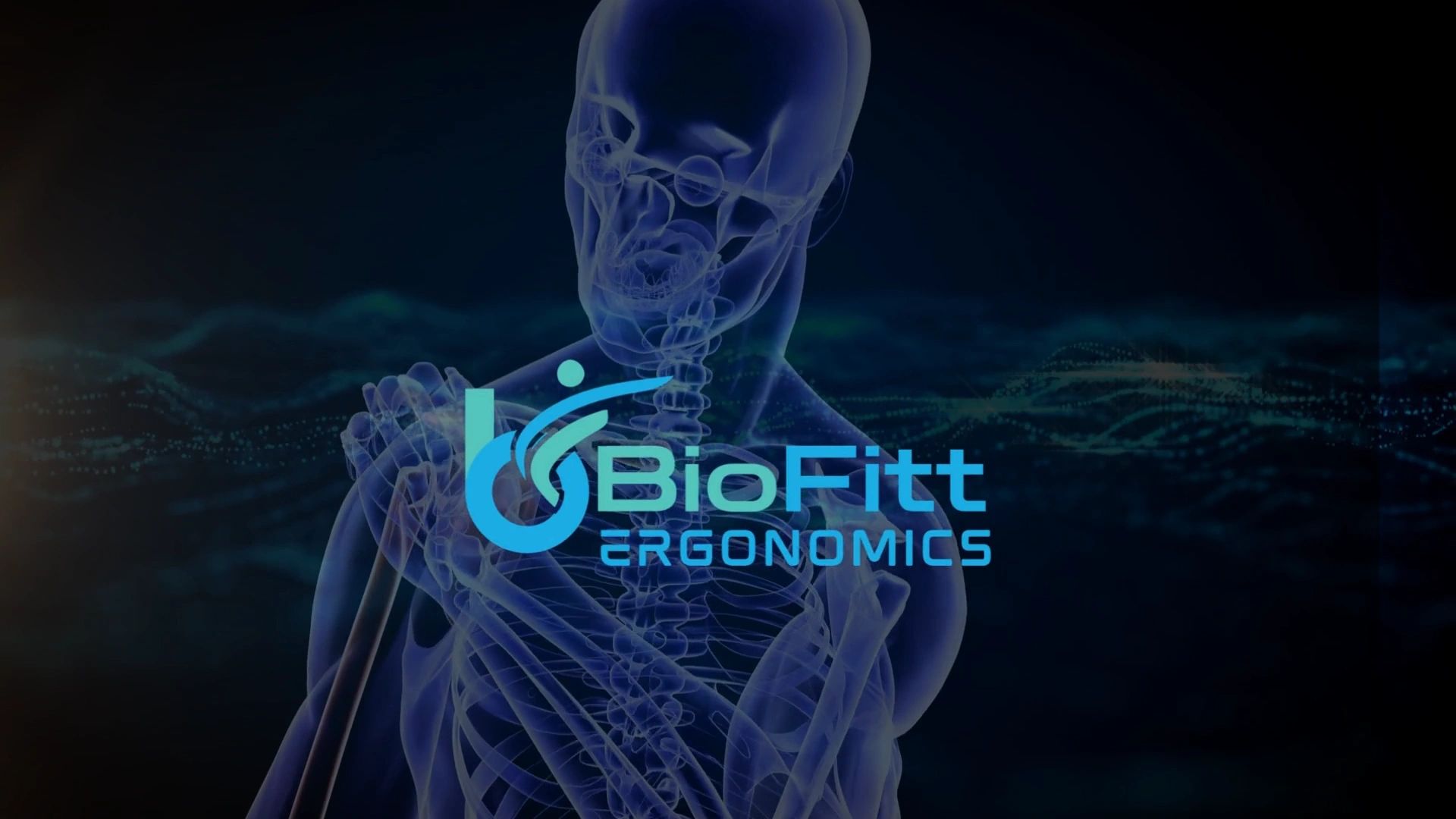
.jpg/:/cr=t:0%25,l:0%25,w:100%25,h:100%25/rs=w:600,h:600,cg:true)
Ergonomics Optimize Your Workplace
At BioFitt Ergonomics, we specialize in optimizing the interactions between people, the work system, and the environment to enhance total performance.
The scientific discipline of ergonomics is concerned with fitting the worksite, workstation, task, or product to the physical and cognitive capabilities and limitations of humans.
Where the primary objective of many ergonomics programs is to simply lower the risk of musculoskeletal injuries (MSIs) by eliminating or reducing hazards—we go far beyond addressing MSIs and work-related musculoskeletal disorders (WMSDs). We excel at integrating optimal human performance into the design of both work and products.
be safe at work. We can help.

Musculoskeletal Injury Prevention
Musculoskeletal injuries (MSIs) and associated disorders commonly involve our muscles and skeleton, but may also affect tendons, ligaments, joints, spinal discs, nerves, and blood vessels.
Whether you need assistance in identifying and mitigating the MSI hazards with one work tasks or a review of your MSI prevention program, we can help.

Workplace Ergonomics & Safety Training
BioFitt offers expert-led training programs in MSI awareness, JHSC certification, supervisor and executive ergonomics, and Train-the-Trainer courses for OHS professionals.
Empower your workforce from the ground up.

Fitness for Duty
At BioFitt Ergonomics, we help organizations ensure that employees and job candidates are fit for duty—physically, physiologically, and psychologically—based on the bona fide occupational requirements (BFORs) of the role.

Digital Human Modeling
The use of digital human models in the conceptual design phase is an effective and efficient means to identify any workstation or product design issue prior to physical prototyping and embodiment.

Design Reviews
Good engineering practice often requires that ergonomics and human factors principles be systematically reviewed during the various phases of the design lifecycle, which should also include engineering change control.

Event & Accident Investigation
In our systematic approach to investigations, we leverage various event investigation techniques, such as TapRooT®, the SHELL model, and Management Oversight Risk Tree (MORT) to unravel the complex management, equipment, interaction design, and procedural issues through a human-centric lens or perspective.